The Heart Chakra, also known as Anahata in Sanskrit, is the fourth chakra in the body’s energy system. It is located at the center of the chest, near the heart, and governs the emotions of love, compassion, empathy, and forgiveness. It represents the ability to give and receive love openly and unconditionally.
When this chakra is balanced, we experience feelings of joy, happiness, and fulfillment. However, if it is blocked or overactive, it can lead to feelings of jealousy, resentment, and anger. Activating and balancing the Heart Chakra can help us connect with our true selves, find inner peace, and strengthen our relationships with others.
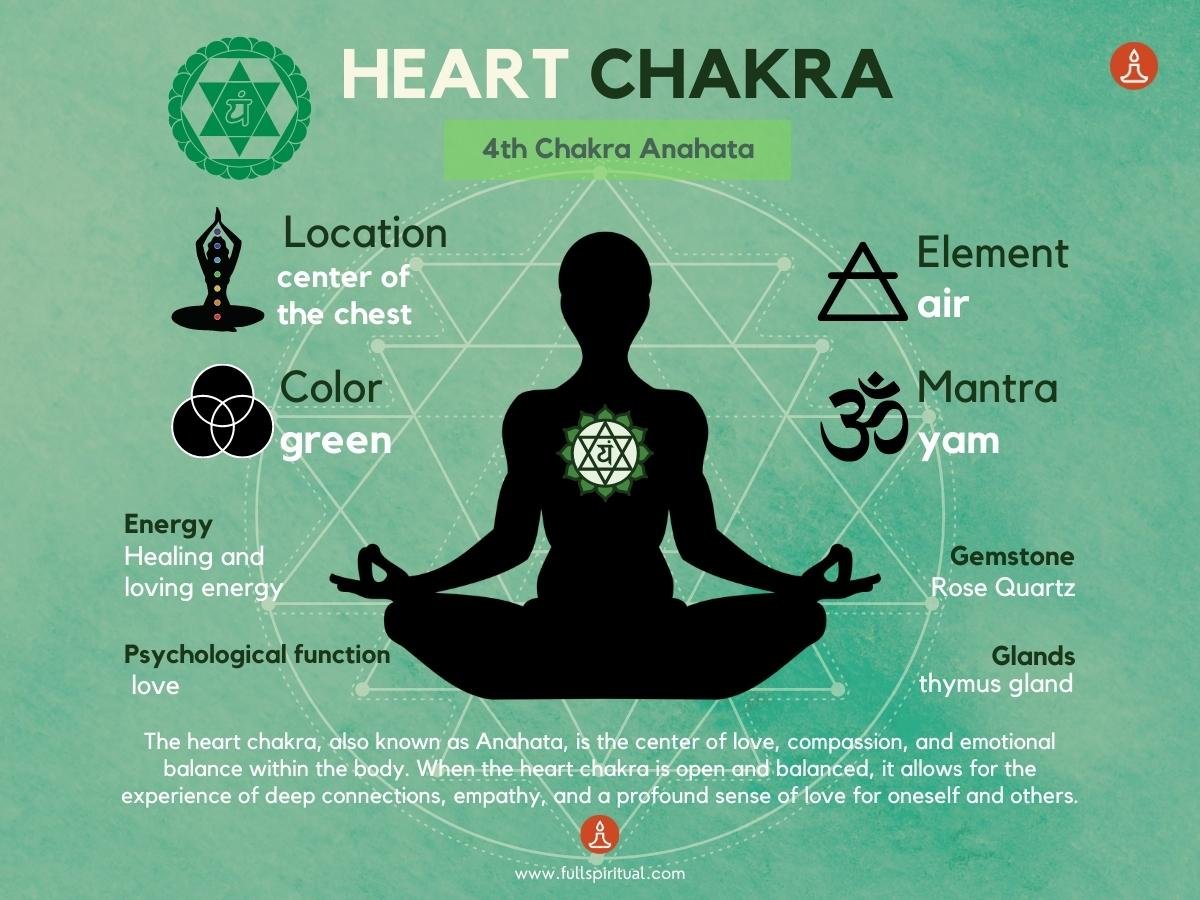
Table of Contents
What is the Heart Chakra, or Anahata?
Located at the center of the chest, the heart chakra is an energy center that allows us to express love and compassion towards ourselves and others. It is the bridge that connects the lower three chakras, which are associated with our physical body, to the upper three chakras, which are associated with spirituality and transcendence. This chakra helps us to balance our physical, emotional, and spiritual needs, creating harmony in our lives.
The Function of the Heart Chakra
The heart chakra is associated with the element of air, which is connected to breathing and life. It governs the respiratory and circulatory systems, and when stable, it helps us to experience a deep sense of inner peace and joy.
Anahata allows us to move beyond self-centered concerns and find deeper meaning in our lives. It allows us to connect with others on a deeper level and form more meaningful relationships.
The Heart Center and Energy Flow
Just as physical energy flows through our body, so too does energy flow through our chakras. The fourth chakra serves as a bridge between the lower and upper chakras, allowing energy to flow freely throughout the body.
When this chakra is open and stable, this energy flows freely and we experience a deep sense of connection to all living beings. When it is blocked or imbalanced, we may experience physical and emotional symptoms that signal the need for healing.
The Symbol and Color of the Heart Chakra
The chakra symbol of the fourth chakra is a six-pointed star made up of two interlocking triangles. One triangle represents the upward movement toward the spiritual, while the other represents the downward movement toward the material.
This chakra is associated with the color green, which symbolizes growth, stability, and harmony. The color pink is also associated with this chakra, representing unconditional love and compassion.
Signs Your Fourth Chakra May be Blocked
When the heart chakra is blocked or imbalanced, it can have physical, emotional, and mental symptoms. These may include:
Physical Symptoms
A blocked or unbalanced heart chakra may manifest in various physical symptoms, including:
1. Chest pain or discomfort: This is the most common physical symptom of a blocked fourth chakra. It may feel like a tightness or pressure in the chest or a sensation that something is sitting on the chest.
2. Breathing difficulties: When this chakra is imbalanced, it can cause breathing difficulties such as shallow or irregular breathing, shortness of breath, or hyperventilation.
3. High or low blood pressure: A blocked green chakra can also affect blood pressure levels by causing spikes or sudden drops.
4. Heart palpitations or irregular heartbeat: An unbalanced fourth chakra can cause an irregular or rapid heartbeat and palpitations, which may feel like the heart is fluttering, racing, or skipping beats.
5. Fatigue and weakness: When this chakra is blocked, it can cause fatigue, lethargy, and weakness in the heart and body.
6. Emotional instability: An unbalanced chakra can lead to emotional instability, causing mood swings, anxiety, depression, or emotional detachment.
7. Digestive problems: A blocked chakra can also cause digestive issues such as nausea, bloating, indigestion, or loss of appetite.
It’s important to note that physical symptoms could also be a result of an underlying medical condition, and it’s best to consult a healthcare professional for assessment and treatment.
Emotional and Mental Symptoms of Heart Chakra Imbalance
When this chakra is imbalanced, a person is likely to experience emotional and mental symptoms such as:
1. Lack of empathy: When this chakra is imbalanced, it may be difficult for a person to connect with others emotionally, leading to a lack of empathy or understanding of other people’s feelings.
2. Difficulty in forgiving: This chakra is also associated with forgiveness. When it is blocked, a person may find it difficult to let go of grudges or forgive themselves or others.
3. Feeling disconnected: When this chakra is imbalanced, a person may feel disconnected from themselves and others. They may feel isolated, lonely, and unable to form close relationships.
4. Fear of intimacy: A blocked4th chakra may result in a fear of intimacy, making it hard for a person to open up to others and form deep relationships.
5. Overwhelmed by emotions: An imbalanced green chakra may mean that a person becomes easily overwhelmed by their emotions and has difficulty regulating them.
6. Depression and anxiety: An imbalanced 4th chakra can also lead to feelings of depression and anxiety. These emotional states may be heightened in situations where the person’s heart is challenged.
7. Struggling to find purpose: A blocked green chakra can leave a person struggling to find their purpose and passion in life.
8. Feeling unlovable: When this chakra is imbalanced, a person may feel unlovable or unworthy of love.
Overall, an imbalanced heart chakra can lead to a range of emotional and mental symptoms that can have a significant impact on a person’s life and well-being. – Depression
How a Blocked Heart Chakra Affects Relationships
When this chakra is imbalanced, it can be difficult to form meaningful and fulfilling relationships. You may find it difficult to trust others, or you may struggle with feelings of jealousy and possessiveness. You may find it difficult to express your emotions or find deeper meaning in your relationships. Healing this chakra can help you to form more authentic and loving relationships.
Chakra Healing Techniques to balance the heart chakra
Here are three chakra healing techniques for this chakra:
1. Heart-Opening Yoga Poses: Certain postures can help open and activate this. These include backbends such as Camel Pose and Cobra Pose, as well as seated poses like Gomukhasana (Cow Face Pose) and Sukhasana (Easy Pose). These poses stretch the chest and stimulate the heart chakra.
2. Heart-Focused Meditation: Visualizing a green light radiating from the center of your chest or focusing on feelings of love and compassion can help heal and stable Anahata. You can also try using a guided meditation that specifically targets the heart chakra.
3. Heart Chakra Crystals: Crystals such as rose quartz, emerald, and green aventurine can be helpful in healing this chakra. You can hold these crystals while meditating or place them on your chest during a yoga practice.
4. Reiki: Reiki is a powerful healing practice that can be used to stable and heal the 4th chakra, or heart, chakra. Through the channeling of universal life force energy, Reiki practitioners can help remove blockages, restore the flow of energy, and promote harmony within the heart chakra. This gentle and non-invasive technique can support emotional healing, foster self-love, and enhance compassionate connections with others, allowing the heart chakra to radiate love, acceptance, and healing energy.
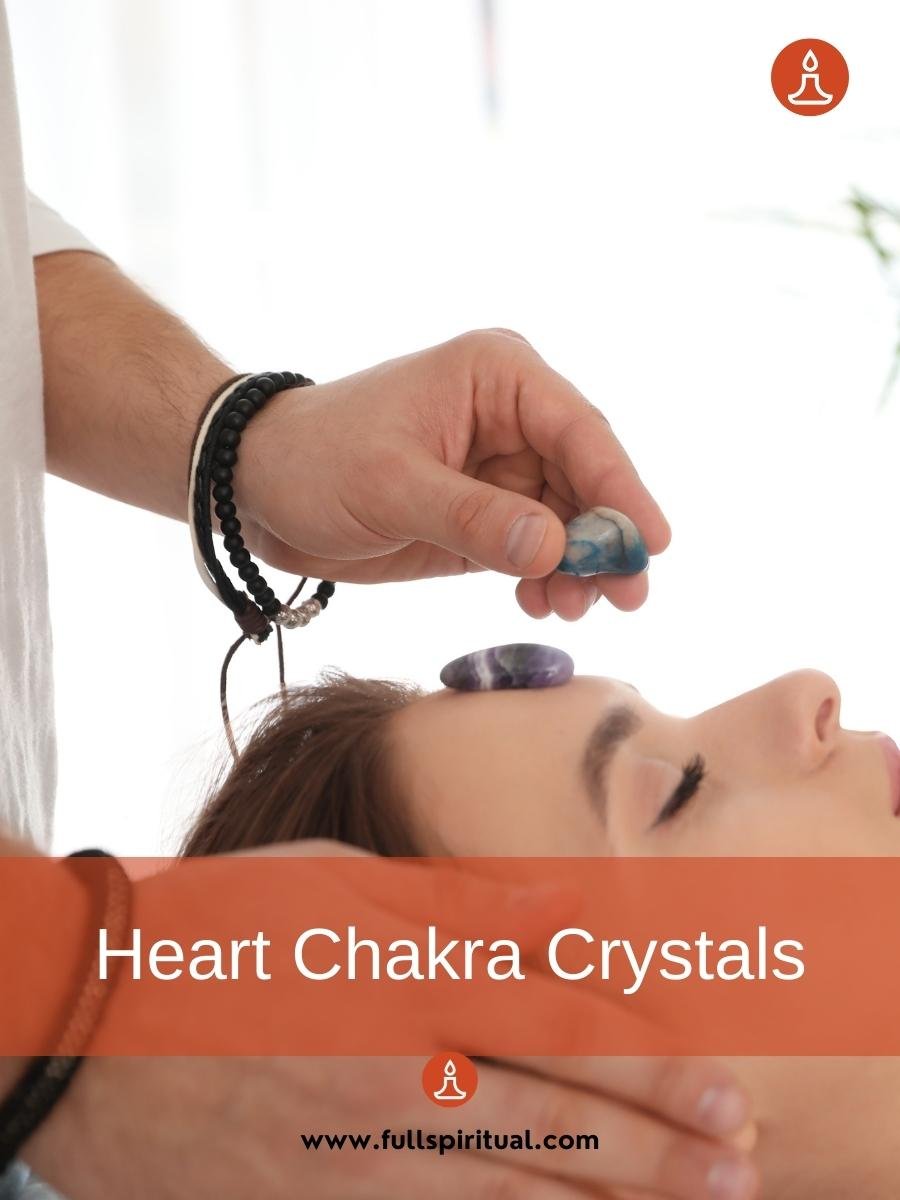


Anahata Chakra Affirmations and Mantras
– “I am loved”
– “I forgive myself and others”
– “I am open to giving and receiving love”
– “I trust others and myself”

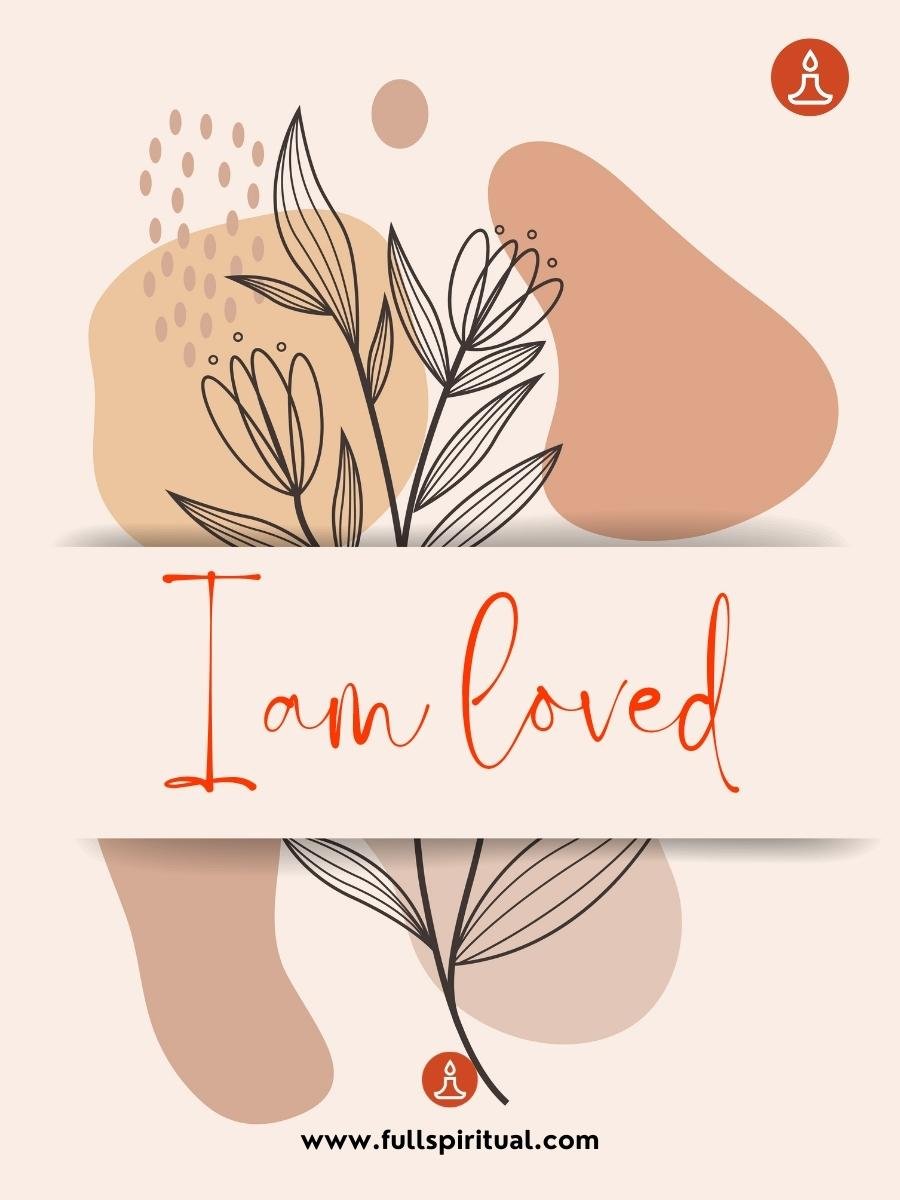

Using Chakra Stones and Crystals To Open the heart chakra
Using chakra stones and crystals can help activate and open the heart chakra.
1. Rose Quartz:
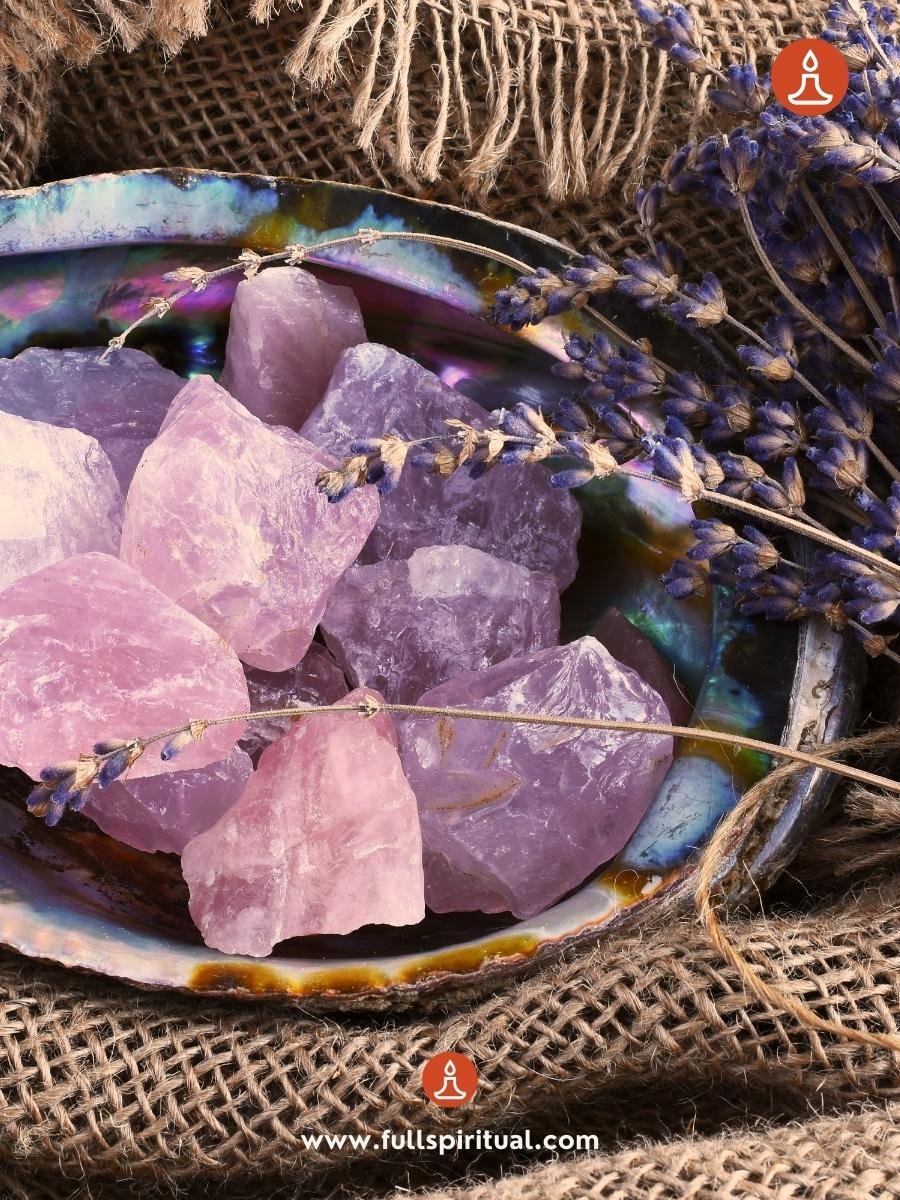
This is the most common stone associated with the heart chakra. It helps to open the heart, promote self-love, and enhance relationships with others.
2. Green Aventurine:
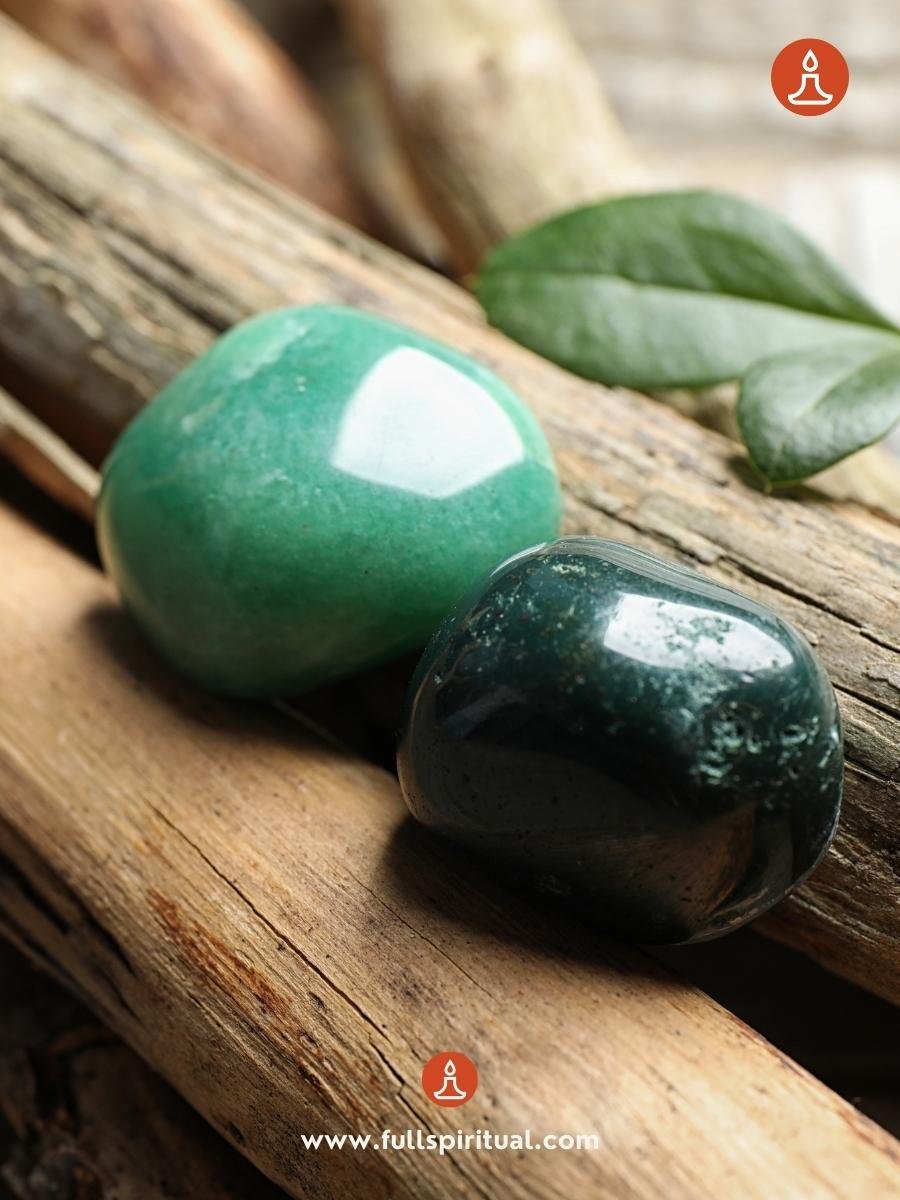
This stone is often used to enhance compassion, empathy, and emotional stability.
3. Rhodonite:
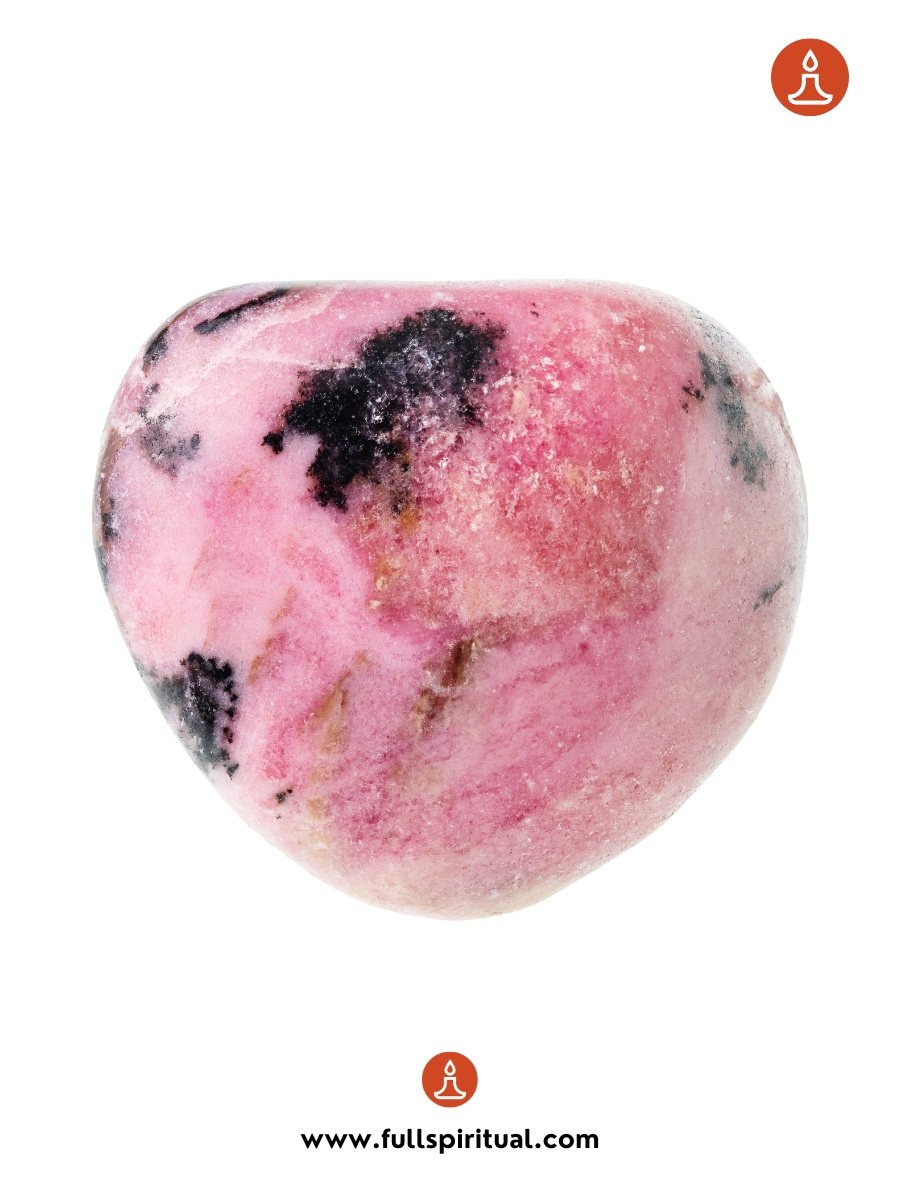
This crystal assists in healing past emotional wounds and promotes forgiveness and understanding in relationships.
4. Malachite:

Known as the “stone of transformation,” malachite aids in emotional healing and the development of empathy, compassion, and understanding.
5. Emerald:

This stone is believed to enhance unconditional love and compassion and is often used for healing relationships and promoting balance and harmony.
To use chakra stones and crystals for the heart chakra, place them on or near the chest area while lying down, meditating, or performing a yoga practice. You can also carry these stones with you in a pouch or pocket throughout the day to enhance the energy and effects of the stones.
The Connection between Yoga and the Heart Chakra
Yoga is one of the most effective ways to open and balance the heart chakra. Here are some yoga poses that can help you to activate and stable your Anahata chakra:
Yoga Poses for Opening and Balancing the Heart Chakra
1. Cobra Pose (Bhujangasana)

Cobra Pose, also known as Bhujangasana, is a gentle yoga posture that stretches the vertebral column, chest, and shoulders. It also helps to strengthen the back muscles and improve posture. To perform this pose, lie face down with your hands under your shoulders and lift your torso up while keeping your elbows close to your sides. Hold for a few breaths and release.
2. Camel Pose (Ustrasana)

Camel pose, or Ustrasana, is a yoga posture that opens the chest, stretching the front of the body and strengthening the back. It is helpful for improving posture, flexibility, and energy levels. This pose also stimulates the respiratory, digestive, and circulatory systems. It should be practiced with caution if you have any neck or back injuries.
3. Fish Pose (Matsyasana)

Fish Pose, or Matsyasana, is a rejuvenating backbend in yoga. It helps to strengthen the back muscles, open up the chest and improve posture. To do the pose, lie on your back, lift your chest, and bend your head back while supporting it with your forearms. This stretch can also help to relieve stress and anxiety.
4. Upward Facing Dog Pose (Urdhva Mukha Svanasana)

Upward Facing Dog Pose (Urdhva Mukha Svanasana) is a yoga pose that stretches and strengthens the chest, arms, and abdomen. It also helps to improve posture and relieve stress and anxiety. To practice this pose, start in a plank position before bending your elbows and arching your back, lifting your chest and head towards the ceiling. Hold for several deep breaths before returning to plank or downward-facing dog.
The Importance of a Healthy Spine in Heart Chakra Activation
The vertebral column is a key component in the activation and healing of the heart chakra. A healthy vertebral column allows energy to flow freely throughout the body, balancing the lower and upper chakras. Practicing yoga and other spine-strengthening exercises can help to activate your heart chakra and bring stability to your entire body.
Other Ways to Bring Balance to Your Heart Energy
In addition to yoga and chakra healing techniques, there are many other ways to bring stability to your heart energy:
Using Essential Oils and Aromatherapy for Heart Chakra Balance
Essential oils and aromatherapy can help balance the heart chakra and promote love and connection. Here’s how to use them:
- Diffuse oils like rose, lavender, or ylang-ylang to create a soothing atmosphere.
- Apply diluted oils to the chest area to promote love and self-compassion.
- Add a few drops to bathwater for relaxation.
- Use an essential oil roller with heart chakra-balancing oils like rose, jasmine, and bergamot on wrists or behind the ears. Remember to test and consult professionals if needed.
Exploring Unconditional Love as a Key Component of Anahata
Unconditional love is a key component of the 4th chakra. By cultivating a deep sense of love and compassion towards yourself and others, you can open your heart chakra and experience more joy and fulfillment in your life.
The Seven Primary Chakras: How the Heart Chakra Fits In
The 4th chakra is only one of the seven primary chakras in the chakra system. Each chakra is connected with a different aspect of our physical, emotional, and spiritual selves. By bringing balance to all of the chakras, we can experience a deep sense of harmony and well-being.
To heal your 4th chakra, it is important to understand its significance in the chakra energy system. This chakra, also known as the fourth chakra, is associated with love, compassion, and emotional stability. When this chakra is imbalanced, it can manifest as difficulties in forming meaningful connections and experiencing deep emotions.
To stable your chakra, engage in heart chakra practices such as meditation, yoga, and energy healing techniques like Reiki. These practices can help open the 4th chakra, allowing the flow of love, compassion, and healing energy to permeate your being. By nurturing and stabilizing your chakra, you can create a harmonious and loving connection with yourself and others.
Conclusion:
In conclusion, this chakra plays an essential role in our emotional well-being. By balancing this energy center, we can experience inner peace, love, and harmony. When this chakra is imbalanced, we may feel disconnected from our emotions, struggle with intimacy and relationships, or experience physical symptoms such as heart problems or respiratory issues.
Practicing heart-centered activities like meditation or gratitude exercises can help to open and heal this chakra, allowing us to connect with ourselves and others on a deeper level. It’s essential to listen to our hearts’ needs and give ourselves love and compassion to maintain a healthy heart chakra. Nurturing this energy center can lead to more loving and fulfilling relationships, a greater sense of empathy and compassion, and a heightened ability to appreciate the beauty of life.

